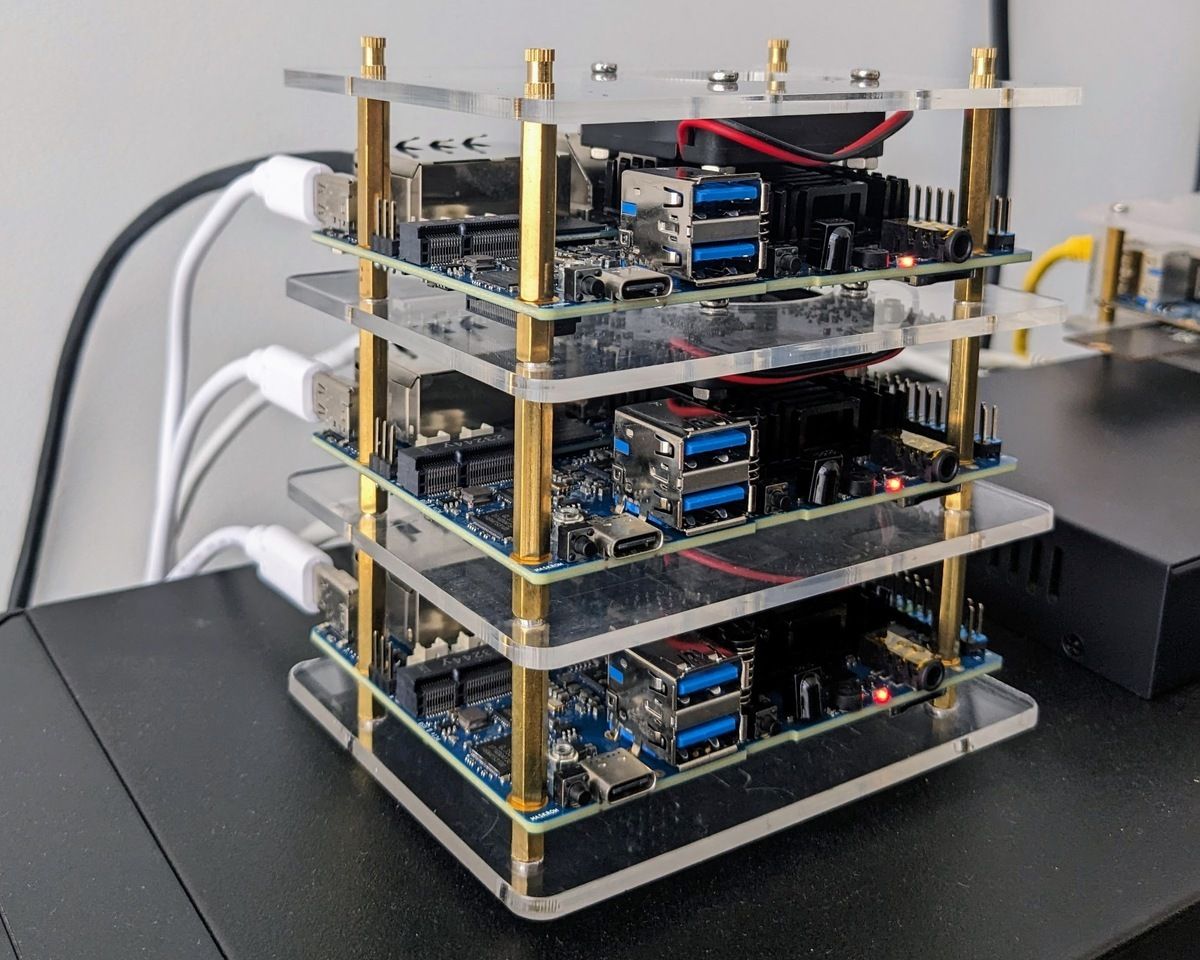Building a K3s Cluster with Armbian on Orange Pi 5 Plus
A Step-by-Step Guide

In this blog post, I’ll be my sharing hands-on experience in building a K3s Cluster on the Orange Pi 5 Plus (opi5+) using Armbian as the Operating System (OS) and Ansible. The post is meant as a straightforward guide for anyone looking to replicate the process. I hope it proves helpful for your own setup.
Please consider that in some sections, there are references to external guides containing the respective steps.
[Read More]